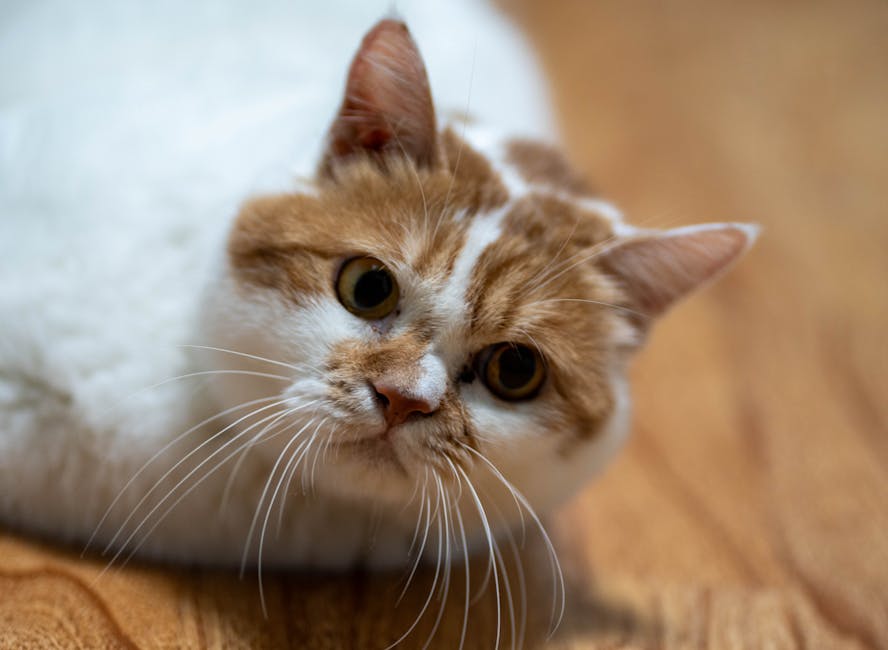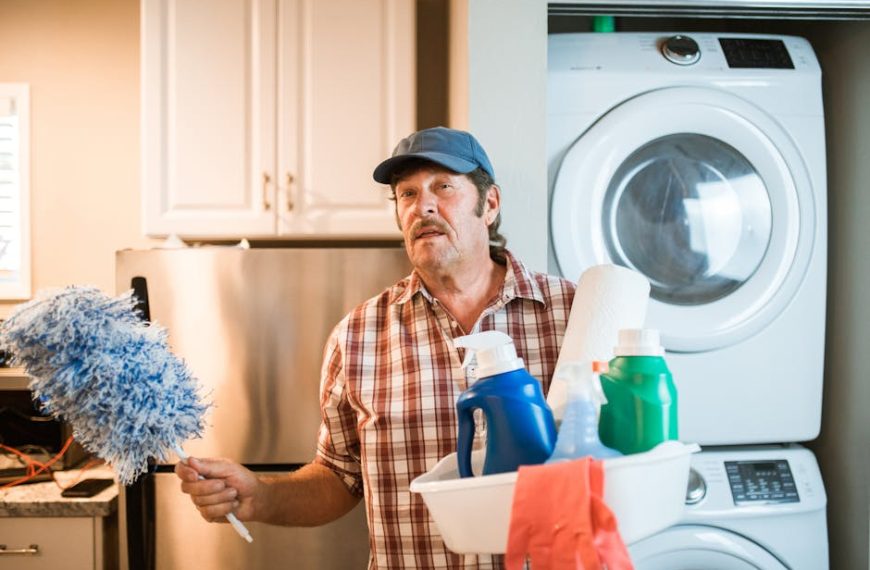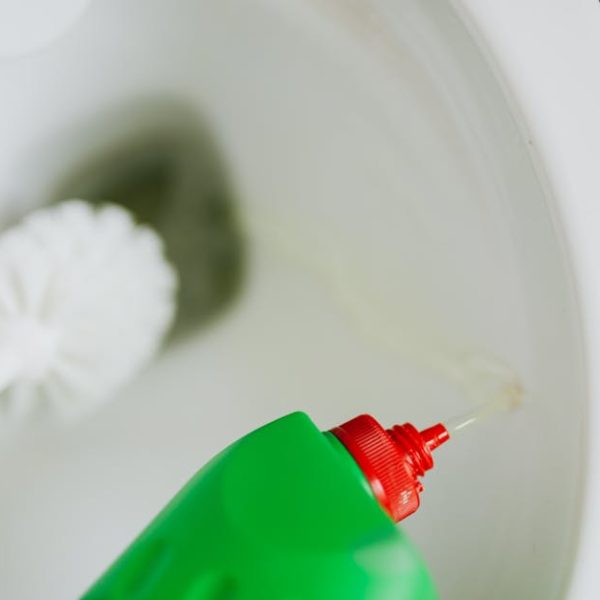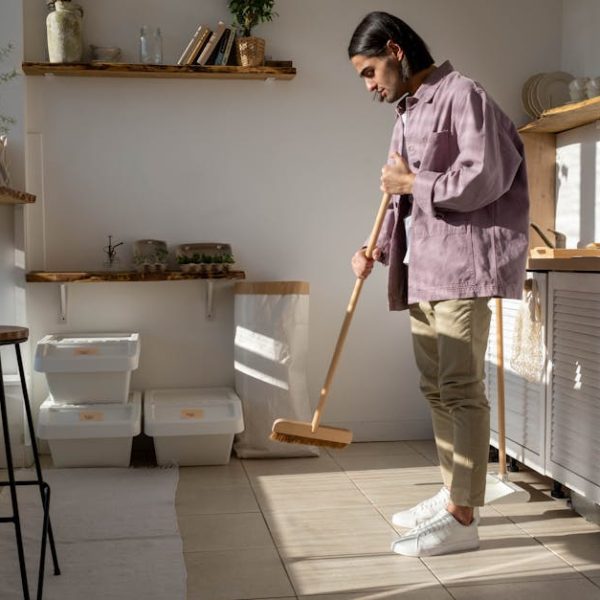When it comes to cleaning up after your cat, vacuuming to remove litter may feel like a natural solution. However, this method can lead to unanticipated problems for both you, your family members, and your vacuum cleaner. This article explores five effective, safer alternatives to revamping your cleaning routine, ensuring your pet-friendly home remains in top-notch condition.
Why Vacuuming Cat Litter Can Be Harmful
Vacuuming cat litter can wreak havoc on your once-pristine home environment, stealthily turning it into a breeding ground for harmful bacteria. Microscopic particles can easily be swept up, ensnaring themselves in your vacuum cleaner. Over time, this accumulation mixes with the air you breathe, potentially spreading germs and causing not-so-pleasant odors. Besides these health risks, the sucked-up litter can also cause damage internally by clogging up vacuum filters and scratching tubes’ interior.
Common issues with vacuuming cat litter include:
- Rapid spread of microscopic, bacteria-laden dust
- Motor damage and filter clogging
- Unpleasant odors from accumulated litter
To keep your home fresh and safe, it’s advised to steer clear of vacuuming dry cat litter whenever possible.
How Broom and Dustpan Serve as a Safer Option
Instead of reaching out for the vacuum cleaner, consider a more old-fashioned approach: the trusty broom and dustpan. Not only does it keep the spread of dust and bacteria more contained, but it also doesn’t run the risk of damaging expensive cleaning equipment. Regular sweeping can aid in maintaining your home’s cleanliness without raising potential backlashes of unwanted biohazards.
Pro tip: Using a broom with stiff bristles can effectively collect cat litter, minimizing dust particles’ spread. For best practices, always sweep in one direction to contain dust.
Comparatively, vacuuming and sweeping have their respective strengths and weaknesses. Vacuuming might be quicker and require less physical effort but at the potential risk of bacterial spread and equipment damage. On the other hand, sweeping might require more manual work but ensures a safer and health-conscious home environment.
How to Utilize a Dedicated Cat Litter Vacuum
For those who prefer a more high-tech approach, a dedicated cat litter vacuum could be the answer. These specialized vacuums are diet-driven to handle cat litter with modified filtration systems, ensuring the effective containment of dust and bacteria while maintaining high cleaning performance.
Popular cat litter vacuum brands/models include:
- Brand A: Known for its high-power suction
- Brand B: Renowned for its dual filtration system
- Brand C: Loved for its lightweight design
Purchasing a dedicated cat litter vacuum is a significant investment that can come with excellent pay-offs for some and unnecessary hassle for others.
Using Litter Mats to Minimize Spread
Another forward-thinking approach to limiting the spread of cat litter is through the use of litter mats. These marvels of modern pet-rearing technology act as catch-all mats, strategically placed to reduce debris in heavy ‘traffic’ areas.
Best Practice: Place your litter mat directly outside your cat’s litter tray. Cleaning them daily ensures maximum effectiveness and cleanliness.
When purchasing a litter mat, consider its size, material, and effectiveness; the larger the mat, the better its capacity to capture more litter debris.
Litter-free Alternities to Traditional Cat Litter
For the environmentally-conscious cat owners, litter-free alternatives offer an excellent method to curb the messy problem. While transition might require a bit of patience, the long-term benefits could revolutionize your clean-up process.
Pros and Cons of Litter-free alternatives:
- Pro: Environmentally-friendly
- Pro: Can be easier to clean up
- Con: Initial transition period might be difficult
- Con: Some cats might not readily accept the new litter
Pro tip: Patience is key when transitioning your cat from traditional litter to a litter-free alternative. Start by mixing traditional litter with the new one and gradually increase the new litter concentration.
Why Vacuuming Cat Litter Can Be Harmful
Vacuuming up cat litter might seem convenient, but it can actually pose several risks to your health and to your vacuum cleaner. When you vacuum cat litter, you can inadvertently suck up and spread harmful bacteria around your home. This bacteria can be unhealthy for both you and any other living creature in your home.
Moreover, cat litter can clog your vacuum, impairing its function and potentially leading to costly repairs. Dust from the litter can also create an unpleasant smell that can linger in your vacuum and consequently affect the overall indoor air quality in your house.
Here are some common problems associated with vacuuming cat litter:
- Quick and widespread dispersion of bacteria-laden dust.
- Damage to the vacuum cleaner’s motor and clogging of filters.
- Creation of unpleasant odors that can be difficult to eradicate.
Therefore, the best practice is to avoid vacuuming up cat litter whenever possible.
How Broom and Dustpan Serve as a Safer Option
Instead of using a vacuum cleaner, a broom and dust pan are safer and more effective tools for cleaning up cat litter. These tools do not have the same risks of spreading bacteria, damaging equipment, or creating unpleasant odors. They can also help you control the amount of dust that gets dispersed into the air when you clean up cat litter.
Pro Tip: Selecting a broom with stiff bristles can help you conveniently gather cat litter. To minimize the spread of dust particles, sweep carefully and in only one direction.
When comparing the use of a vacuum cleaner with a broom and dustpan for cleaning cat litter, you will notice different efficiencies and risks associated with each tool. Although using a vacuum might be quicker and require less physical effort, it can spread bacteria, damage your vacuum cleaner, and create unpleasant odors. On the other hand, while using a broom and dustpan may require more manual labor, it is a safer and healthier option.
How to Utilize a Dedicated Cat Litter Vacuum
If you prefer using a vacuum cleaner, consider investing in a vacuum specifically designed to handle cat litter. These vacuums come with special filtration systems that limit the spread of dust and bacteria, allowing you to use them effectively and safely.
Popular cat litter vacuum brands/models are:
- Brand A (noted for its powerful suction).
- Brand B (famous for its efficient dual filtration system).
- Brand C (praised for its lightweight design).
Investing in a cat litter vacuum has both advantages and disadvantages. While it can improve your cleaning process, it can also be an unnecessary expense if you do not use it regularly.
Using Litter Mats to Minimize Spread
Using litter mats is another effective method to reduce the spread of scattered cat litter around your home. These mats capture particles of litter that get kicked out of the litter box, making it easier to clean up the area around the litter box.
Best Practice: Place the litter mat directly outside the litter box. Remember to clean it regularly to ensure it stays effective at trapping stray litter.
When purchasing a litter mat, consider the following factors:
- Size: A larger mat can capture more litter particles.
- Material: Some materials capture litter better than others.
- Effectiveness: Look for reviews from other customers to ensure the mat works well.
Litter-free Alternities to Traditional Cat Litter
There are several alternatives to traditional cat litter that do not create as much dust and are therefore less likely to spread bacteria. These alternatives, such as crystal-based litters, compostable litters, and paper litters, have their own sets of advantages and disadvantages.
Pros and cons of switching to litter-free alternatives include:
- Pros:
– Environmentally-friendly.
– Easier to clean up.
- Cons:
– Time-consuming transition period.
– Some cats might find it difficult to adjust to the new litter.
Pro tip: When switching from traditional litter to a litter-free alternative, remember to do it gradually. Mix the new litter with the old one and slowly increase the proportion of the new litter over a few weeks. This will help your cat adjust to the change more seamlessly.
Key Takeaway:
- Vacuuming up cat litter can potentially spread harmful bacteria and create damage to your vacuum cleaner.
- Using a broom and dustpan is a safer alternative for cleaning up cat litter, minimizing the spread of dust and bacteria.
- Dedicated cat litter vacuums, with specialized filtration systems, are a viable option for those still preferring a vacuuming method.
- Litter mats can help in controlling the spread of cat litter effectively.
- Litter-free alternatives are available, offering an eco-friendly option, though they might need a transition period for your cat to adjust.
There’s no denying the challenges of maintaining a clean home while catering to our beloved felines. Still, remember that there are solutions for every problem, including managing cat litter. Opt for methods that prevent the spread of bacteria, cause minimal harm to your appliances, and most importantly, keep you and your feline friend in a healthy environment.
FAQs
Q: Why is vacuuming harmful when it comes to cat litter?
A: Vacuuming cat litter can lead to the spread of harmful bacteria around your home. This can pose a threat to the health of everyone residing there. Additionally, the cat litter might clog the vacuum and affect its functionality in the long run.
Q: Can any type of broom be used to clean up cat litter?
A: While any broom could do the job of collecting litter, a broom with stiff bristles is better suited to gather cat litter effectively and prevent widespread dust.
Q: Are there special vacuums designed for cat litter?
A: Yes, there are specialized vacuums available in the market designed to handle cat litter better. These vacuums usually come with filtration systems that can effectively limit the spread of dust and bacteria.
Q: What do I need to consider while choosing a litter mat?
A: While choosing a litter mat, consider its size, material, and effectiveness. Larger mats can catch more stray particles, and some materials are better at trapping litter than others. Reading other customers’ reviews can also provide insight into a mat’s effectiveness.
Q: Can I directly switch from traditional litter to a litter-free one?
A: It’s advisable not to switch immediately. Instead, transition your cat gradually by mixing the traditional litter with the new one, and increase the new one’s proportion over a few weeks.
Feel free to share this article with fellow pet parents or those planning to invite a cat into their homes soon. Gain more useful insights by exploring other posts on our website.












